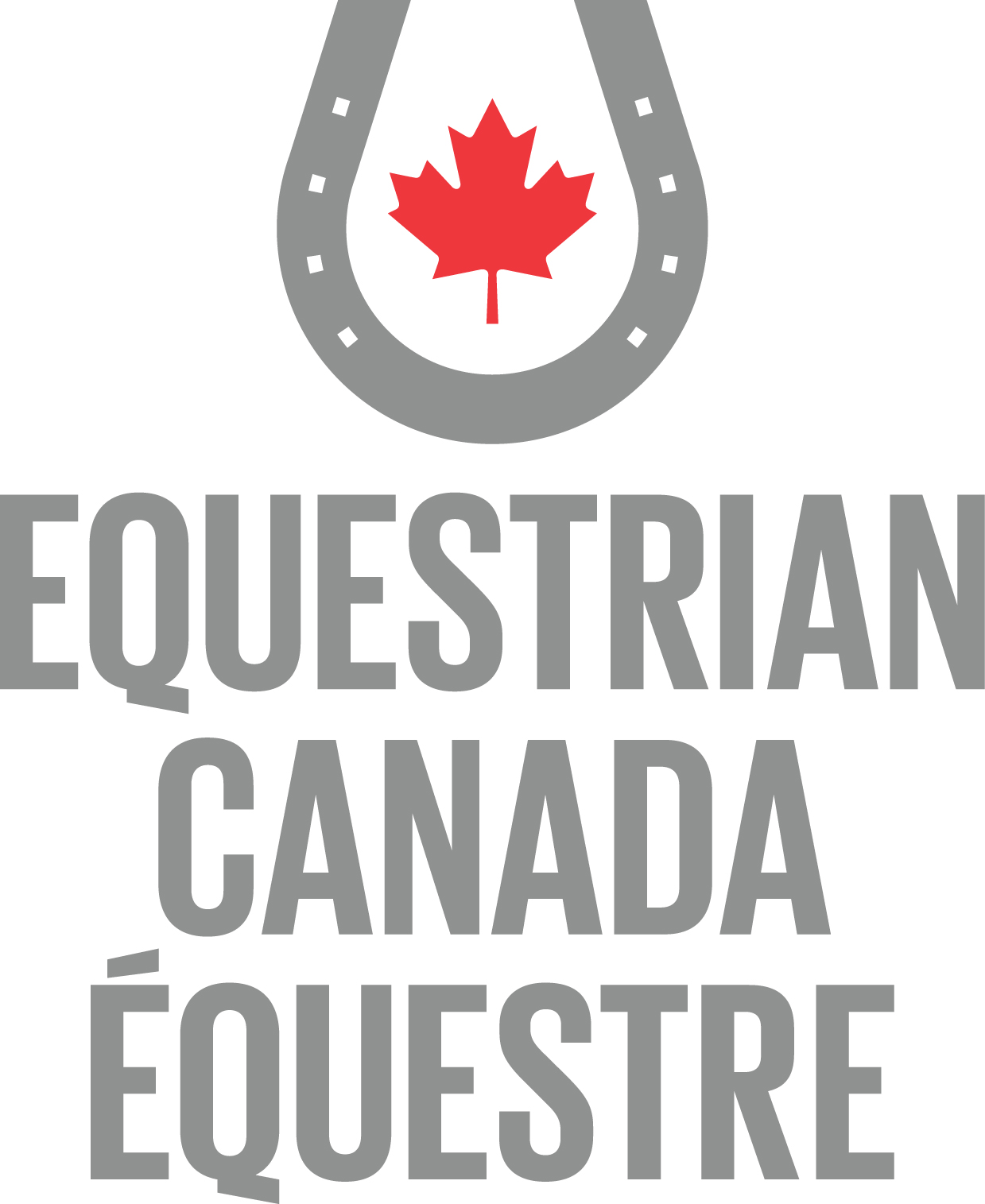Search Results for obstacles
Hunter/Jumper
The equestrian sport of jumping falls into two categories: show jumping and hunter.
Show jumping is one of the three Olympic equestrian disciplines. Horses are guided over a course of colourful obstacles that fall down if struck. The horse/rider combination are penalized for obstacles that have been knocked down or refused, for a foot in the water of a water obstacle, or for taking more than the time allowed to complete the course. Placings are determined by numerical score only.
In the hunter ring, the horse and rider complete a course of more natural-looking obstacles and are judge on the horse's paces and style over fences. The judges are looking for a safe, sound horse who would carry his rider in safety and elegance over obstacles while riding to hounds in the traditional sport of fox hunting.
Endurance riding – a non-Olympic FEI discipline – currently the fastest growing of the entire equestrian sports around the world, second only to Jumping in number of competitions.
Eventing
Eventing is a sporting discipline which combines three phases of competition - dressage, cross country, and show jumping.
Each horse/rider combination performs a dressage test, demonstrating to the judges' the horse's paces, obedience, harmony with his rider, and degree of training. In the second phase, the horse and rider complete a course of solid-looking obstacles met on a course through fields, woods, and water, aiming to jump each obstacle without mishap within the time allowed. The final phase, show jumping, follows the same format as regular show jumping, proving that the horse is still fit and careful enough to negotiate a course of ore fragile obstacles without penalty. The scores from all three phases combine - the horse and rider with the fewest penalty points are the victors.
The Olympic and international format of Eventing spaces the phases out over three days. Shortened formats for lower level competitors, called Horse Trials or Derbies, can occur in one or two ...
[Language English]Para-Equestrian
Equestrian sport can represent an opportunity for freedom and movement to people with disabilities. It can also be a rejuvenating component in a therapeutic program. With various degrees of assistance and support, horse sport can be a reality for many people, whether a child with cerebral palsy or an adult with paralysis. People with disabilities can learn to ride a horse, compete alongside their peers and progress to high level competitions like the Paralympics or the World Equestrian Games. Challenges can be overcome and the experience is often rewarding.
How To Become A Certified Instructor Or Coach
Why Become Certified? Click here!
Obtaining a certificate is an important life-time achievement . As a certified EC/NCCP Coach or Instructor, clients, students, and parents will know that you have achieved the highest standards in Canada for equestrian coaching, adhere to best-practices, have training in safety, first aid, & safe sport, and are screened and insured.
Announcing the NBEA's Coaching Handbook and Resources (C.H.A.R.) Access to this platform is free to current NBEA members. Each online handbook leads you, step-by-step, through the process of becoming a certified NCCP Instructor or Coach. Click here to request a User Account All the links and documents found below are available in the CHAR handbook, in order, and presented in logical steps. It's another resource to help you navigate the pathway to Instructor or Competition Coach certification.





.png)
